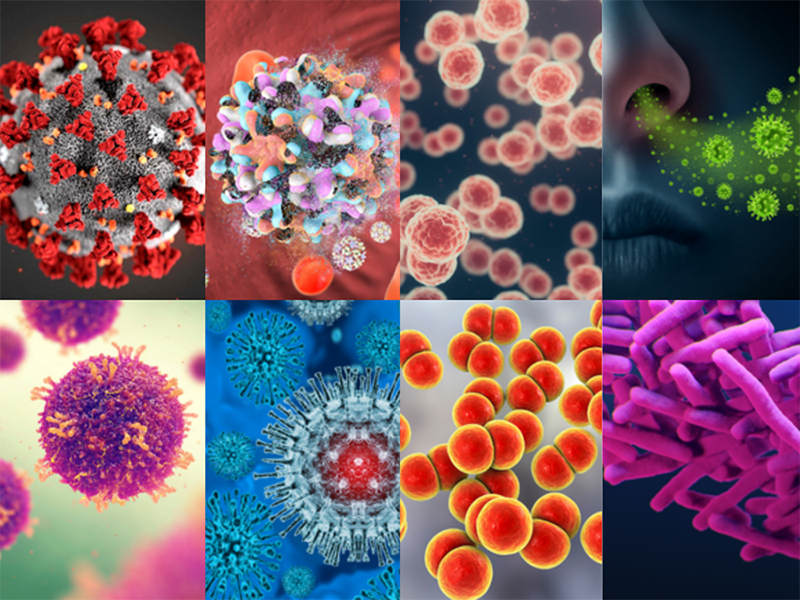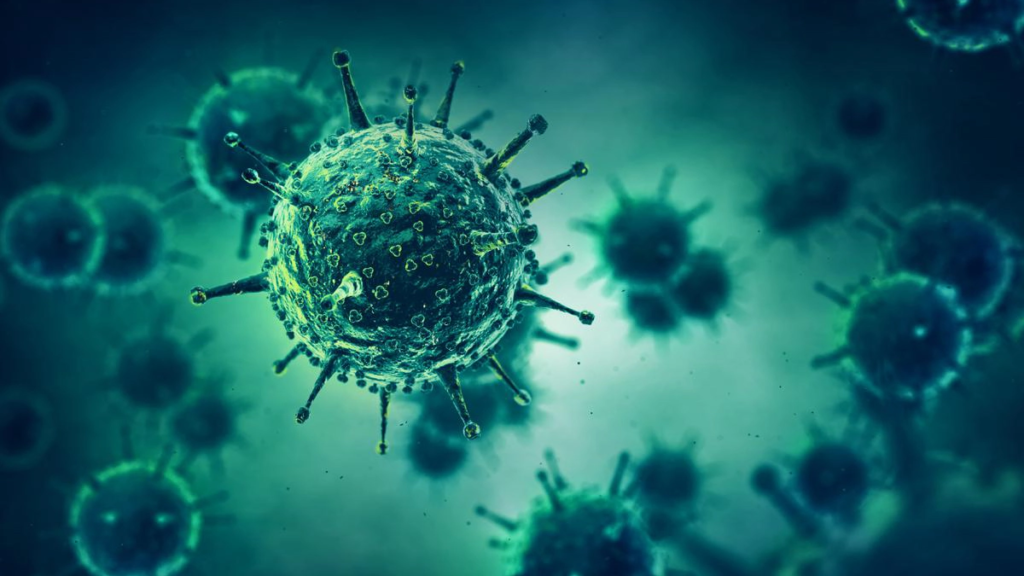Health Report: There are 65% percent deaths due to non-infectious diseases, and majority deaths in this report is due to Heart Problems.

Diseases which are not infectious are the major reasons for death all over the country (India). As per of World Health Organization (WHO) report 2021, 65.3% percent deaths are due to non-infectious diseases. In the top ten reasons of deaths, seven of the reasons are of non-infectious diseases. Also Stroke, lungs and Respiration problems, Alzheimer or Dementia, Diabetes, and Kidney related problems are included in the top ten reasons of the deaths.
In between year 2000-2001 growth of 95% percent is seen in Diabetes and Kidney related problems. However, a very good decrease is seen in the main reasons of deaths in 2000-2001 report, Deaths due to HIV, AIDS decreased by 61% percent and deaths due to diarrhoea decreased by 45% percent.

Heart Problems in India:
In India, as per of reports in 2021, major deaths in India are due to Covid. And in non-infectious diseases major deaths are due to heart problems. On every 1 lakh people 120 deaths among them are due to heart problems. Respiration related problems and Stroke diseases are also a reason of many deaths.
Growth in Infectious Diseases:
A recording growth is seen in number of deaths due to infectious diseases. All around the world 6.8 Crore deaths are happened in 2021, 3.9 Crore people among the 6.8 Crore are died due to top ten reasons of death. In 2021, a recording growth is see in Infectious diseases. The percentage of deaths due to infectious diseases which is 23% percent in 2020, increased to 28.1% percent in 2021.

Deaths Due to Infectious and Non-Infectious Diseases: A Global Overview
The global health landscape has long been shaped by the burden of both infectious and non-infectious diseases. These illnesses account for a significant number of deaths worldwide, with patterns shifting due to medical advancements, lifestyle changes, and evolving public health challenges. According to the World Health Organization (WHO), infectious diseases remain a major cause of mortality, especially in low- and middle-income countries, while non-infectious diseases (NCDs) like heart disease and cancer have become more prominent in developed nations. Understanding the distinction between these two categories and their impact is crucial for effective health interventions.
Infectious Diseases: A Persistent Global Threat
Infectious diseases are caused by pathogenic microorganisms such as bacteria, viruses, fungi, or parasites, and they can be transmitted from person to person or through vectors like mosquitoes. Historically, infectious diseases like the bubonic plague, smallpox, and cholera claimed millions of lives. Although many of these diseases have been controlled through vaccines, sanitation, and antibiotics, several infectious diseases still present serious health threats.
Current Leading Infectious Killers
According to the WHO, some of the most deadly infectious diseases today include:
- Tuberculosis (TB): TB continues to be a leading cause of death globally, with around 1.4 million deaths in 2021.
- Lower respiratory infections: These include pneumonia and bronchitis, which, together with influenza, contribute significantly to deaths, particularly among the very young and the elderly.
- HIV/AIDS: Despite advancements in treatment, HIV/AIDS still results in over 650,000 deaths annually.
- Malaria: Mainly affecting sub-Saharan Africa, malaria claims over 600,000 lives annually, particularly among children under five.
- Diarrheal diseases: Largely preventable through clean water and sanitation, these diseases still lead to about half a million deaths per year, especially in low-income regions.

The COVID-19 pandemic starkly highlighted the continuing threat of emerging infectious diseases, with over 7 million confirmed deaths globally by 2023, according to WHO estimates. Despite modern healthcare systems, such outbreaks can spread rapidly across borders, overwhelming healthcare systems and claiming millions of lives.
Non-Infectious Diseases: The Silent Killers
Non-infectious diseases (NCDs), also known as chronic diseases, are not caused by pathogens and cannot be transmitted from person to person. They are often linked to lifestyle factors such as poor diet, lack of physical activity, smoking, and excessive alcohol consumption, as well as genetic predispositions.
The Burden of NCDs
According to the WHO, NCDs are responsible for 71% of all deaths globally, equivalent to 41 million people annually. The four main types of NCDs are:
- Cardiovascular diseases: The leading cause of death worldwide, responsible for approximately 17.9 million deaths annually, primarily due to heart attacks and strokes.
- Cancer: Accounting for around 9.6 million deaths per year, cancer is one of the most feared NCDs, with lung, breast, and colorectal cancers being the most common types.
- Chronic respiratory diseases: Conditions like chronic obstructive pulmonary disease (COPD) and asthma contribute to about 3.9 million deaths annually.
- Diabetes: This metabolic disorder causes around 1.6 million deaths per year and significantly raises the risk of other complications, including cardiovascular disease.

A Shifting Health Landscape
While infectious diseases continue to ravage parts of the developing world, the global health focus is increasingly turning toward NCDs, especially as life expectancy rises and populations age. However, the interplay between infectious and non-infectious diseases is complex. For example, individuals with chronic conditions like diabetes or cardiovascular disease are often more vulnerable to infectious diseases such as COVID-19 or influenza.
WHO’s Role in Combatting Global Mortality
The World Health Organization plays a central role in tracking global mortality trends and guiding public health responses. According to the WHO’s latest Global Health Estimates report, the rising burden of NCDs highlights the need for preventive measures such as better nutrition, increased physical activity, and control of tobacco and alcohol use. Simultaneously, the organization continues its efforts to combat infectious diseases through vaccination campaigns, antimicrobial resistance management, and global health emergency preparedness.

Conclusion
Both infectious and non-infectious diseases continue to contribute significantly to global mortality. As the world evolves, so too must public health strategies. The need for a comprehensive approach—one that tackles the root causes of both infectious outbreaks and chronic diseases—has never been more urgent.

